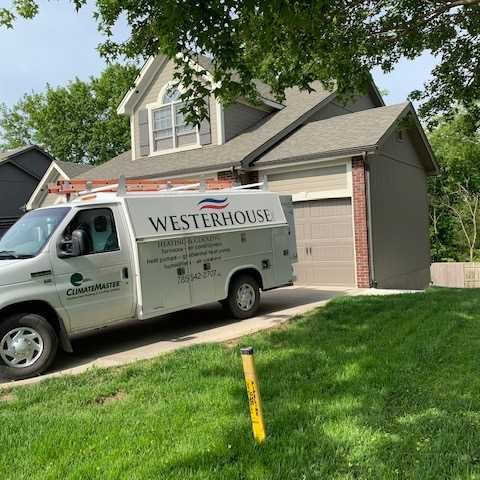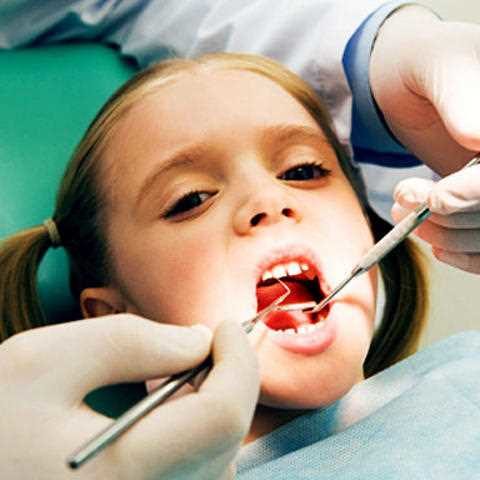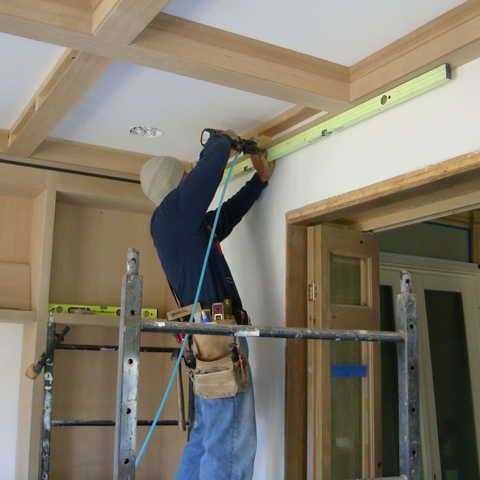As our loved ones age, ensuring their health and well-being becomes a top priority. Many families face the challenge of caring for elderly relatives while managing their own busy lives. Fortunately, advancements in technology have made it possible to monitor seniors remotely, offering peace of mind and enhancing the quality of care. In this blog post, we will explore the various benefits of remotely monitoring the elderly at home, highlighting how these solutions can empower families and improve health outcomes.
Enhanced Safety and Security
One of the foremost benefits of remotely monitoring the elderly at home is the enhanced safety and security it provides. Remote monitoring systems can include cameras, motion sensors, and alert systems that notify caregivers of any unusual activity. This ensures that seniors are safe within their homes, reducing the risk of accidents or emergencies going unnoticed. Families can have peace of mind knowing that they can check in on their loved ones anytime, from anywhere.
Improved Health Surveillance
Remote monitoring technologies can track various health metrics, including heart rate, blood pressure, and glucose levels. This continuous surveillance helps in the early identification of health issues, allowing for timely intervention. Caregivers can receive alerts if the readings fall outside the normal range, ensuring that necessary actions are taken promptly. This proactive approach can significantly reduce hospital visits and improve overall health management for elderly individuals.
Encouragement of Independence
Many elderly individuals prefer to maintain their independence and stay in their own homes for as long as possible. Remote monitoring allows them to do just that. By using technology that can alert caregivers without being intrusive, seniors can feel empowered to live independently. They can engage in daily activities without the constant presence of caregivers, fostering their mental well-being and confidence while still being monitored for safety.
Cost-Effective Care Solutions
Providing care for the elderly can be financially challenging. Remote monitoring systems can offer a more cost-effective alternative to traditional in-home care services. While some may view the technology as an upfront investment, the long-term savings can be significant. Families can reduce the need for full-time caregivers and make informed decisions about when to seek additional medical support. This alleviates financial pressure while still offering reliable oversight.
Convenient Communication Tools
Modern remote monitoring systems come equipped with communication tools that enable families and caregivers to stay in touch easily. Video calling features allow for regular check-ins, helping to maintain social connections that are crucial for mental health. Families can also share updates and concerns with healthcare professionals through these platforms, ensuring that everyone involved in the elder’s care is on the same page. This seamless communication reduces feelings of isolation for both seniors and their families.
Personalized Care Plans
Remote monitoring allows for the creation of personalized care plans tailored to the specific needs of the elderly individual. By analyzing data collected from monitoring systems, caregivers can better understand their loved one’s routines, preferences, and health conditions. This information can be utilized to adapt care strategies, ensuring that the support given aligns perfectly with the elder’s lifestyle and requirements. Resources like River Journal Online provide insights on how to choose effective monitoring solutions and develop tailored care plans.
Accessibility of Health Resources
Remote monitoring opens up access to various health resources and services that may not be readily available locally. Many monitoring systems integrate with telehealth services, allowing seniors to consult with healthcare professionals from the comfort of their homes. This is particularly beneficial for those with mobility issues or those living in rural areas where healthcare facilities are distant. Access to health resources ensures timely advice and care, promoting better overall health outcomes.
In conclusion, the benefits of remotely monitoring the elderly at home are numerous and significant. From enhanced safety and improved health surveillance to fostering independence and offering cost-effective care solutions, technology can play a vital role in the lives of elderly individuals and their families. By investing in remote monitoring, caregivers not only ensure the well-being of their loved ones but also experience greater peace of mind, knowing that they can support their elderly relatives effectively from afar. Embracing these modern solutions can lead to healthier and happier aging experiences for everyone involved.






